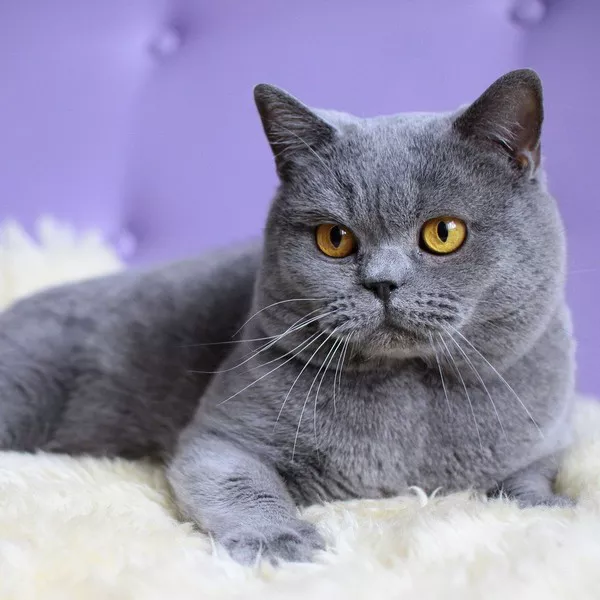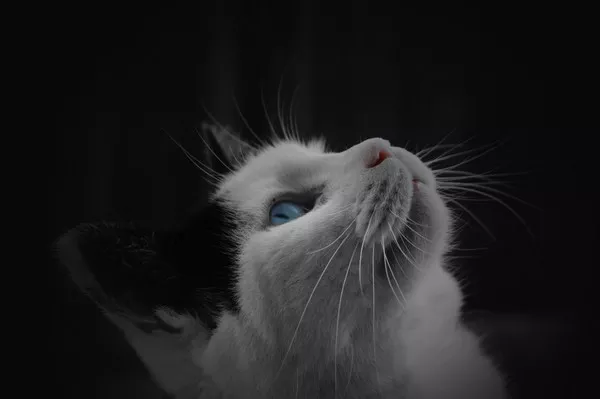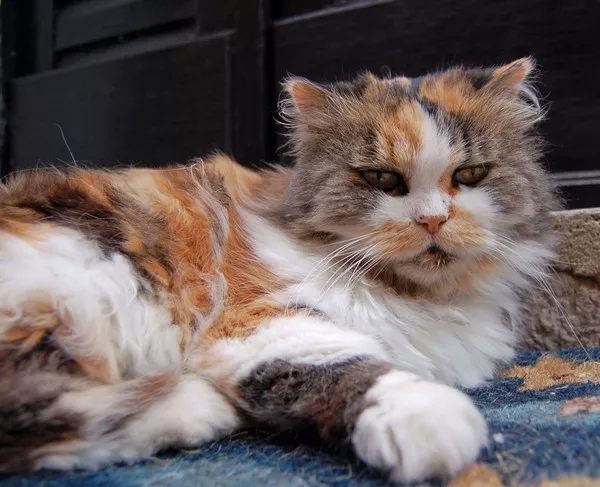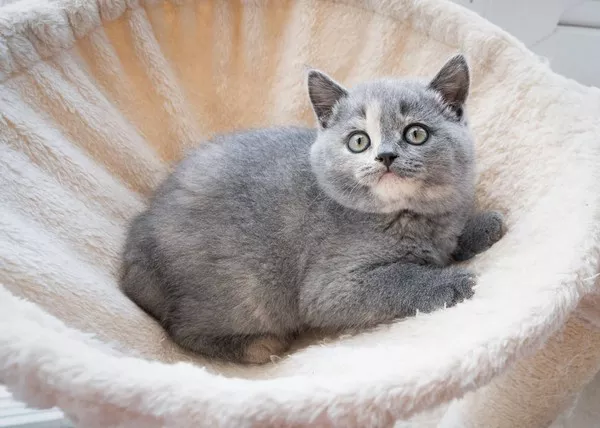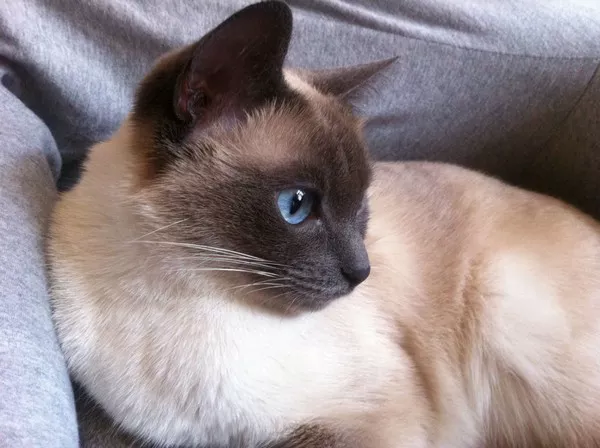Introduction:
Grooming is an essential aspect of caring for your feline friend, and when it comes to the British Shorthair breed, their distinct appearance demands some specialized attention. Known for their dense coat and adorable round face, British Shorthairs require regular grooming to maintain their pristine appearance and overall well-being. In this article, we will explore the art of grooming a British Shorthair and provide you with some helpful tips to keep your furry companion looking their best.
1. Brushing:
The British Shorthair’s dense and plush coat requires regular brushing to prevent matting and remove loose fur. Invest in a high-quality grooming brush with gentle bristles to avoid causing any discomfort to your cat. Brushing not only helps remove dead hair but also promotes blood circulation and a healthy coat. Aim for a brushing session at least once or twice a week, adjusting the frequency during shedding seasons.
2. Bathing:
While British Shorthairs are generally self-groomers and do not require frequent bathing, there may be occasions when a bath becomes necessary. Use a cat-specific shampoo that is gentle on their sensitive skin, and ensure the water is warm, not hot. Remember to keep the bath calm and soothing to avoid stressing your feline friend. After the bath, thoroughly dry your cat with a soft towel to prevent them from catching a chill.
3. Nail Care:
Regular nail care is essential for any cat breed, including British Shorthairs. Invest in a pair of cat nail clippers or a nail grinder designed for feline use. Gently trim the tips of the nails, being cautious not to cut into the quick, which can cause bleeding and discomfort. If you’re not confident in performing this task, consult a professional groomer or your veterinarian for assistance.
4. Ear Cleaning:
The British Shorthair’s ears are prone to wax buildup and infections, making regular ear cleaning an important grooming step. Use a veterinarian-recommended ear cleaning solution and cotton balls to gently wipe the outer surface of the ear. Avoid inserting anything into the ear canal, as this can cause injury. If you notice any signs of redness, swelling, or discharge, consult your veterinarian for further examination.
5. Dental Hygiene:
Just like humans, cats require dental care to maintain oral health. Brush your British Shorthair’s teeth regularly using a cat-specific toothbrush and toothpaste. Begin by introducing tooth brushing gradually, starting with a soft cloth or finger brush. This habit will help prevent dental diseases and keep your cat’s breath fresh. Additionally, offering dental treats or toys designed for oral health can aid in reducing plaque buildup.
6. Eye Care:
The large, round eyes of British Shorthairs are an irresistible feature, but they require regular care. Keep a close eye on your cat’s eyes, checking for signs of discharge, redness, or excessive tearing. Use a damp, clean cloth or a veterinarian-recommended eye cleaning solution to gently wipe away any debris around the eyes. If you notice any persistent issues, consult your veterinarian for guidance.
Conclusion:
Grooming a British Shorthair is a labor of love, ensuring not only their physical well-being but also fostering a strong bond between you and your feline companion. Regular brushing, occasional bathing, nail trimming, ear cleaning, dental hygiene, and eye care are all important aspects of maintaining their overall health and appearance. By following these grooming tips and staying attuned to your cat’s needs, you can help your British Shorthair live a happy, healthy, and well-groomed life.

